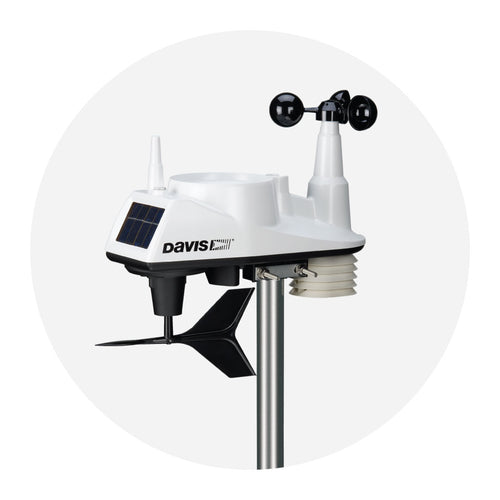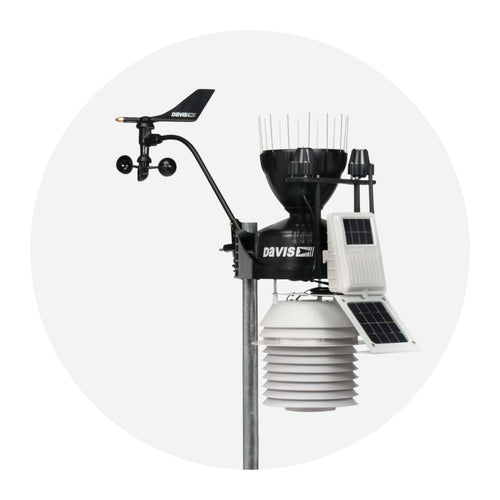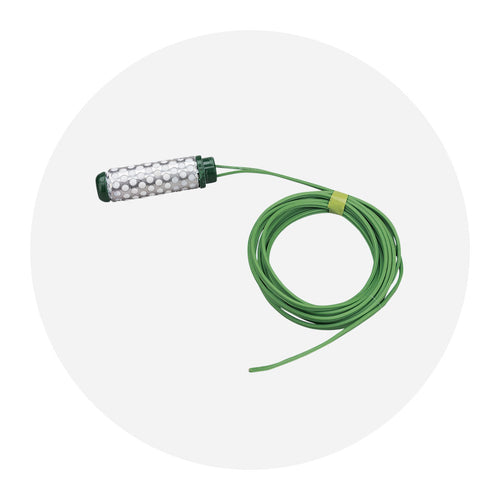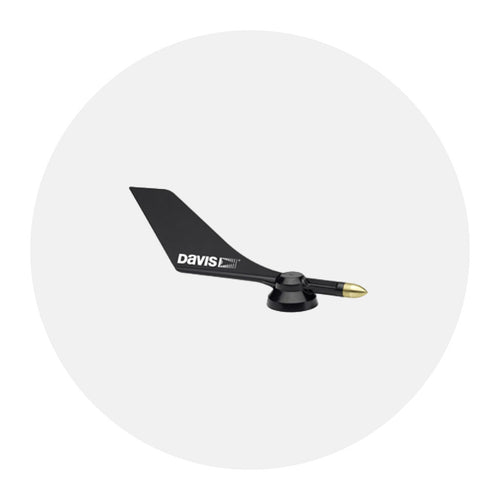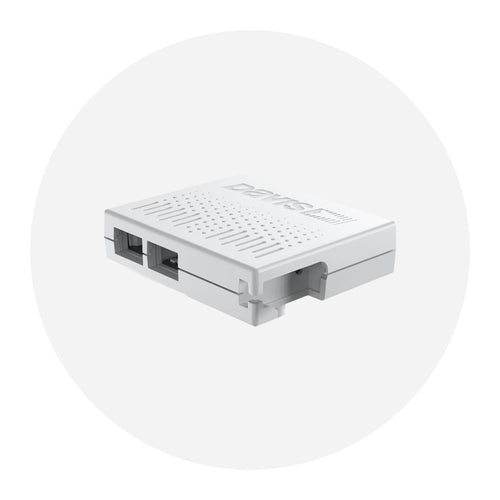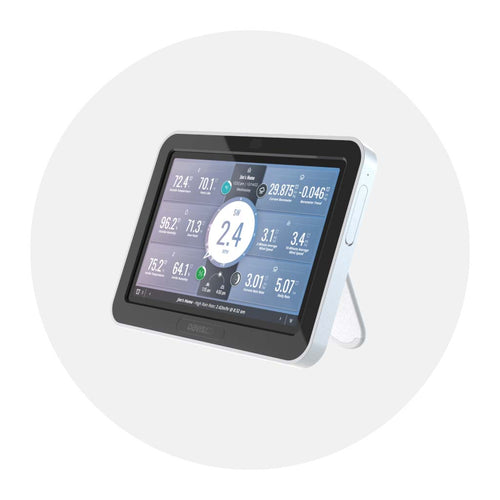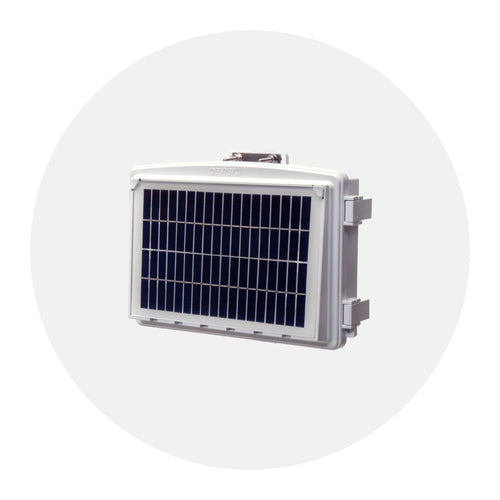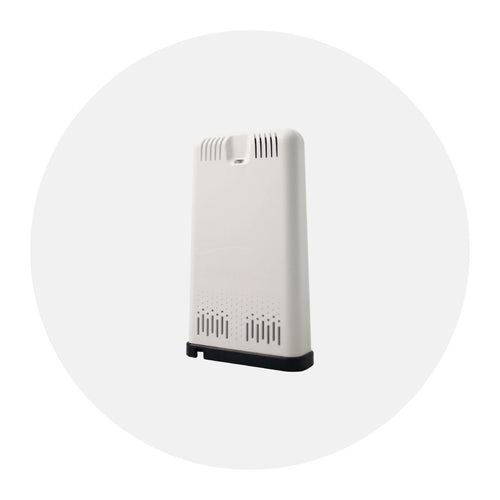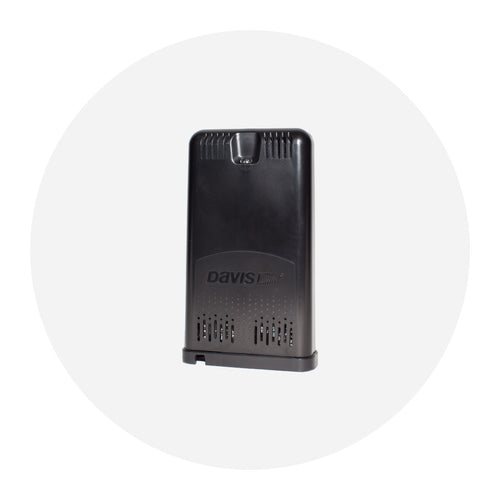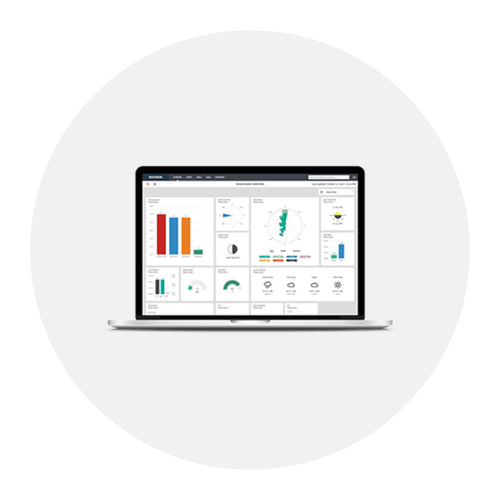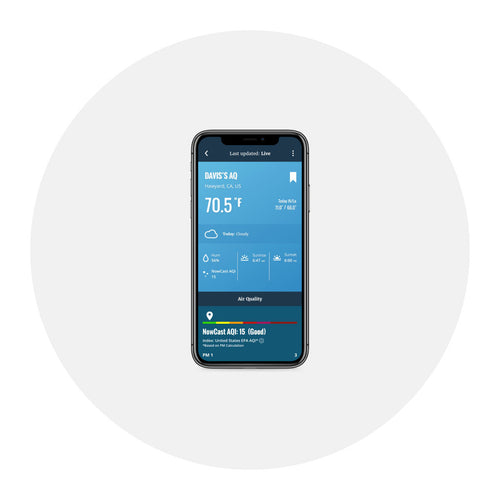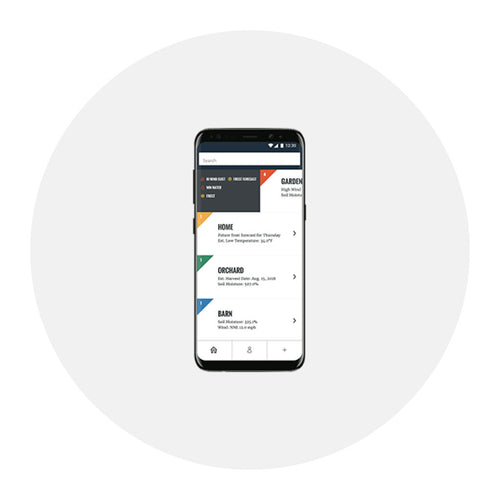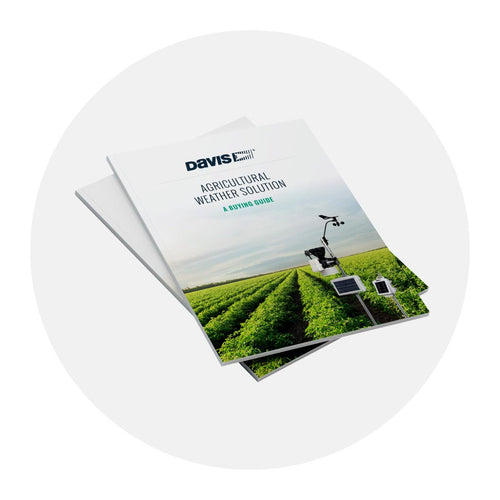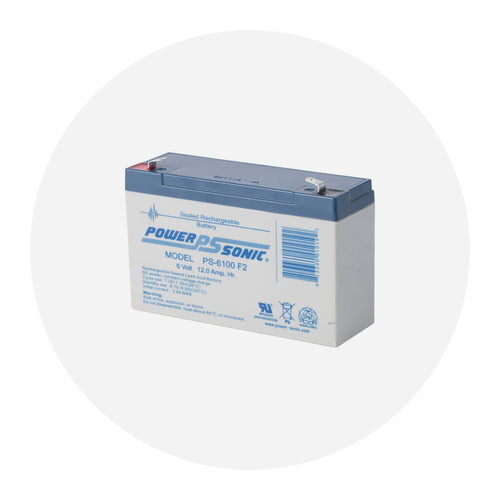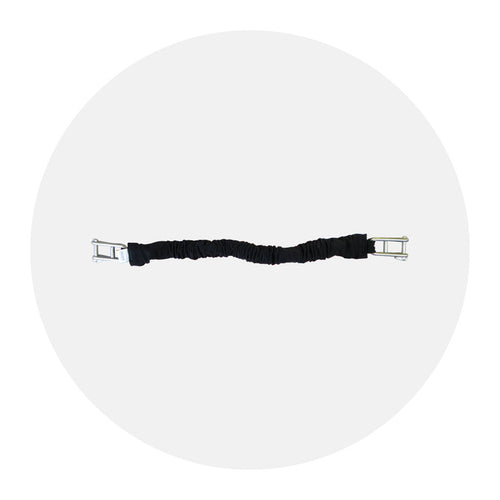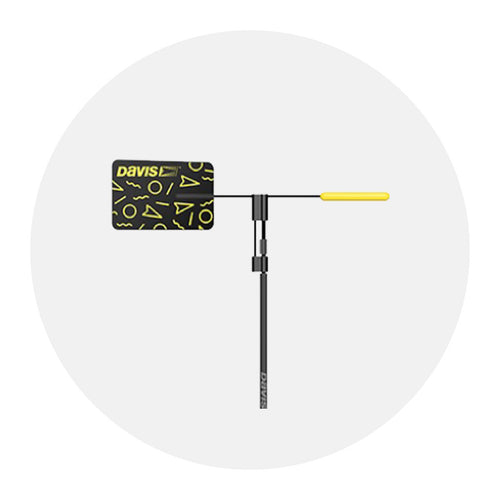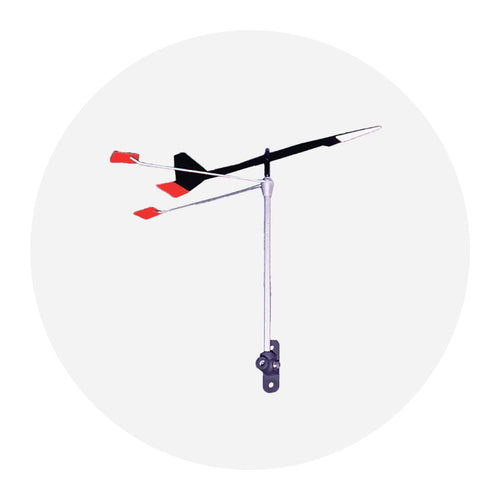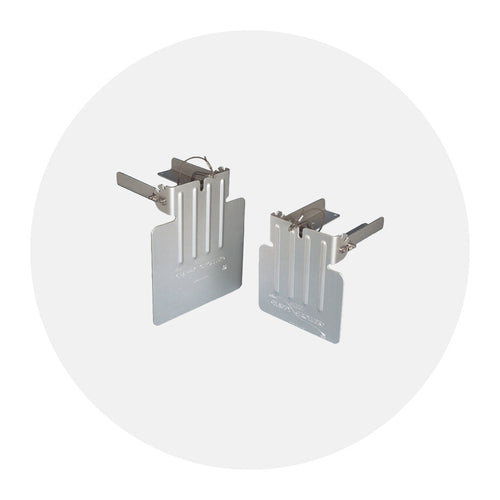Wind direction indicators, also known as wind tells, are devices or visual cues used by sailors to determine the direction and strength of the wind while out on the water. They provide valuable information for sail trim, tacking, boat handling, and overall navigation.
Wind direction indicators come in various forms, and their purpose is to show the relative wind direction and sometimes wind speed. Here are some common types of wind direction indicators:
Wind Vane: A wind vane is a physical device that is mounted on top of the mast or another elevated location on the boat. It typically consists of a small arrow or fin that points into the wind. The boat's crew can visually observe the wind vane to determine wind direction by noting the direction in which the vane is pointing. WindTrak is a popular type of wind vane that consists of a lightweight vertical spar or pole with an arrow-shaped indicator at the top. It is designed to pivot freely and align itself with the wind. The WindTrak is mounted on top of the mast, making it easily visible to the crew.
Windsock: A windsock is a fabric tube open at both ends. It is commonly found in marinas, on docks, or onshore near water bodies. The windsock's shape and movement provide an indication of wind direction and sometimes wind speed. Sailors can observe the windsock from a distance to assess the prevailing wind conditions.
Ribbon or Streamers: Sailors sometimes attach lightweight ribbons or streamers to the shrouds, stays, or other parts of the rigging. These fluttering indicators can help provide a visual reference of the wind direction and intensity.
Telltale Streamers: Telltales (such as Davis Instruments' Air-Flow Tels) are small strips of fabric or lightweight material attached to the sails or rigging. They are strategically placed to indicate the airflow over the sail surface. By observing the movement of telltales, sailors can fine-tune their sail trim to optimize performance based on wind direction.
Wind direction indicators are essential tools for sailors as they provide real-time information about the wind, helping them make informed decisions about sail adjustments, boat heading, tacking and overall strategy. By interpreting the information provided by wind direction indicators, sailors can harness the wind effectively and sail their boats more efficiently.


